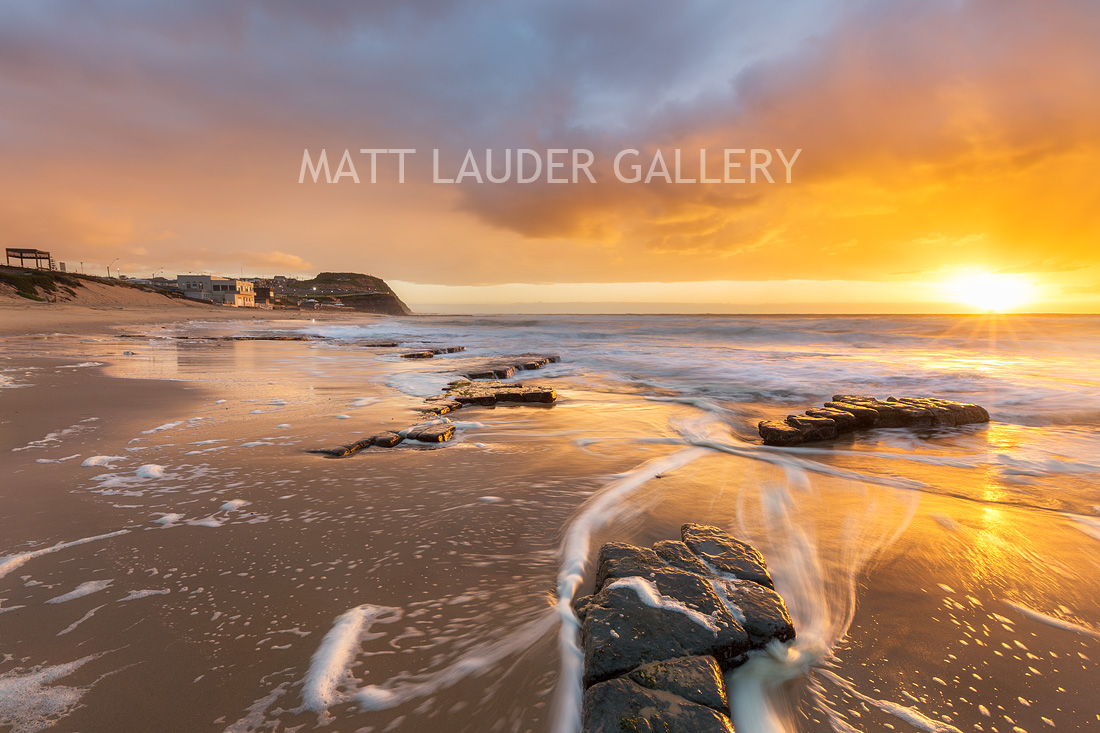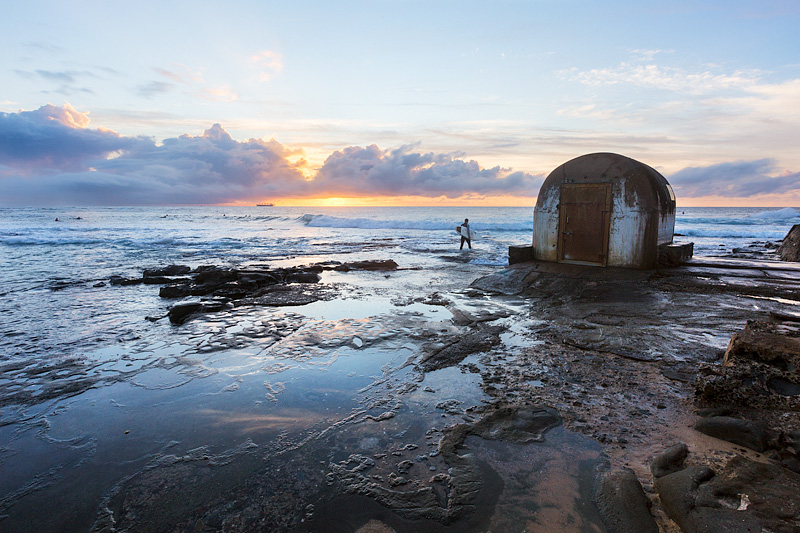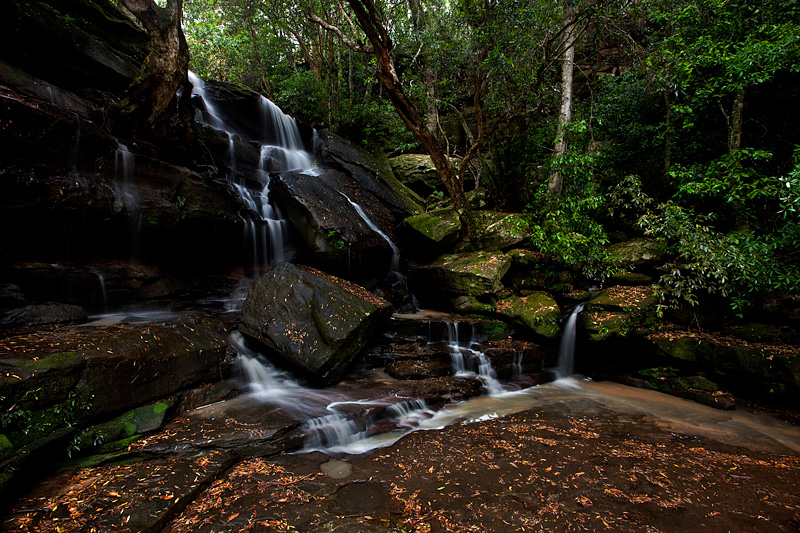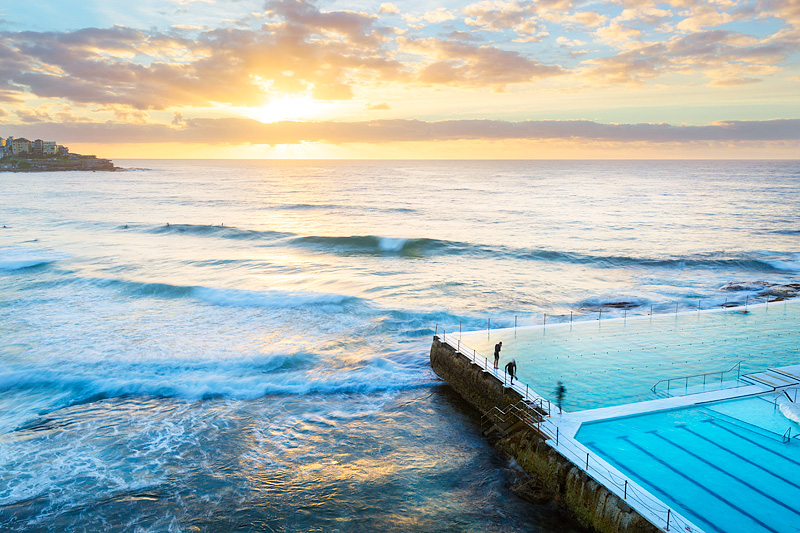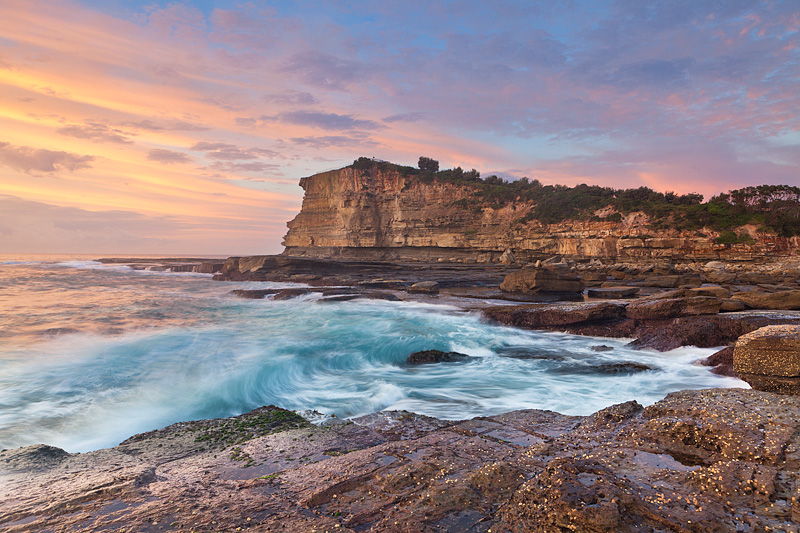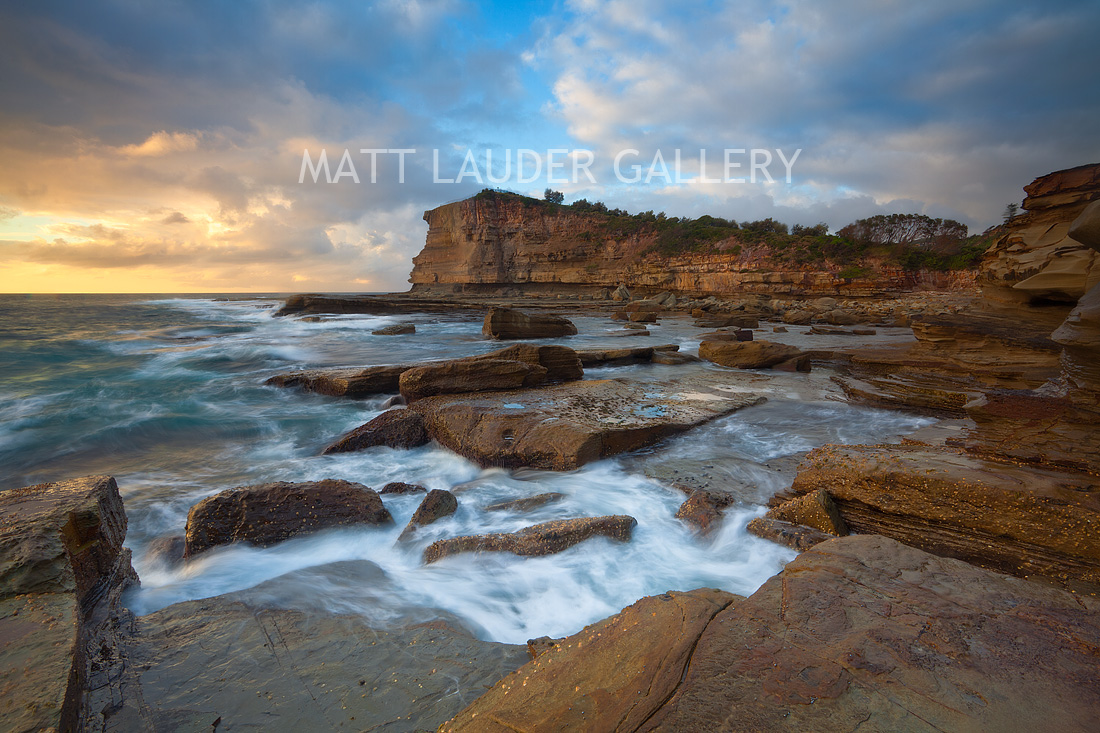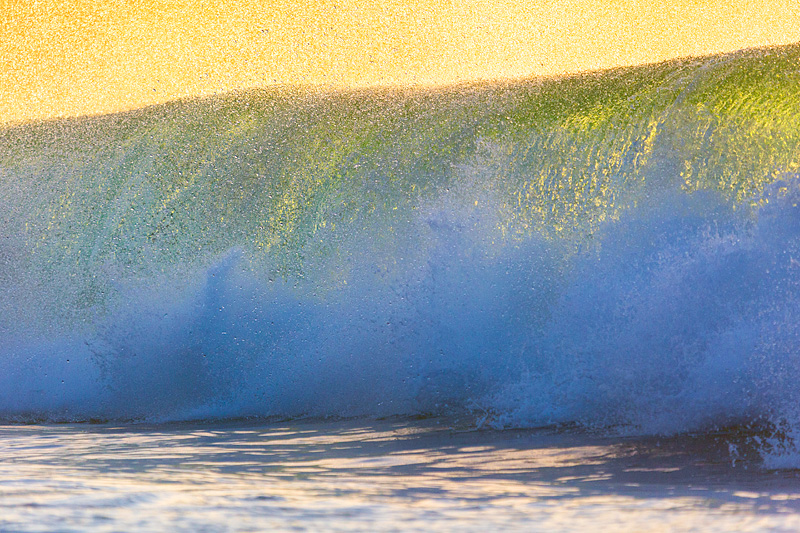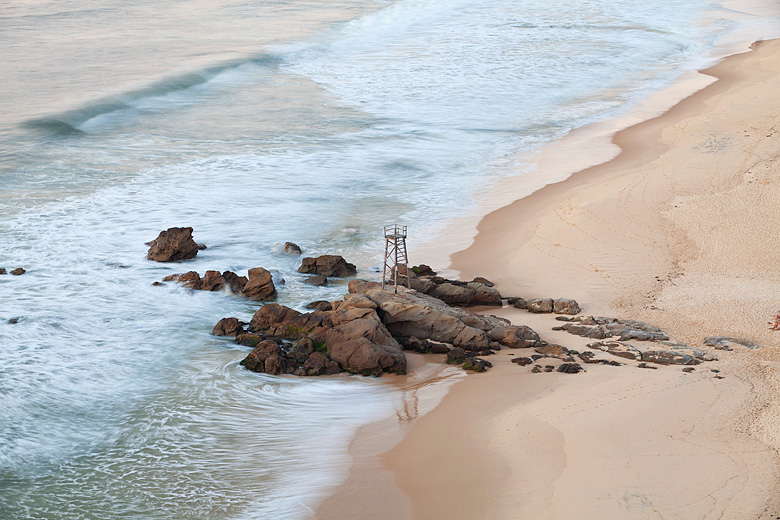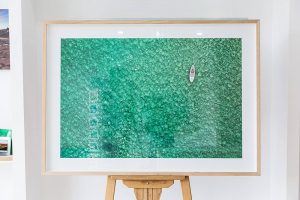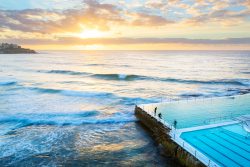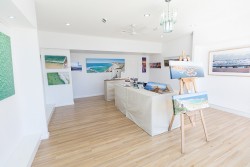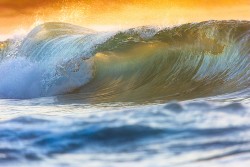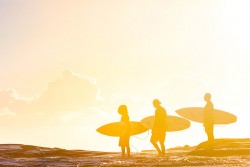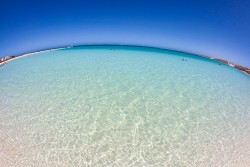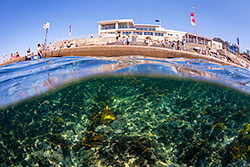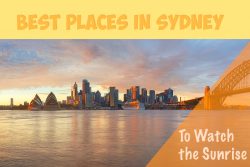Today there are so many options when it comes to camera lenses, what lens and focal length should you get, what’s the best value for money, how many lenses do I need to get the shots I want. Well in this article I will do my best to address all these questions based on my almost 20 year career as a landscape photographer. So when doing landscape photography you really need to have the right arsenal in your camera bag to capture the shot. There is nothing worse than being at a location being let down by your selection of lenses to choose from.
Landscape photographers need three main types of lenses. A wide angle, a standard lens and a zoom / telephoto lens. Each play an important part in making sure you are always able to get the shot you want no matter where you are. But before we go into details about each and why I want to discuss my thoughts on initial lens choice.
Buying the right lens the first time
Ever since buying a digital camera I have always gone by the rule when it comes to buying a camera lens of “Buy right the first time and never buy twice”. Back in 2004 my first digital camera was the Canon 20D, when buying that camera I also purchased the Canon 24-70mm lens f2.8 lens which was quite an investment and the top of line lens for over 10 years only to be replaced by the Canon 24-70mm f/2.8L II Lens 2013, which I purchased on release as I was a position to justify an upgrade to go with my new Canon 5D Mark III
. Even today I still own my original 24-70mm lens and it is a fantastic piece of glass that has a productive life on my second camera body.
When I teach students and I am asked what lens they should by I always say, “The best lens you can for what you can afford.” If you want a lens like the Canon EF 16-35mm f/2.8L ll but can only afford the Canon 17-40mm f/4L
then that is a really good second choice as it is still a Canon professional series lens. How ever I wouldn’t recommend then buying the Canon 10-18mm f/4.5-5.6
. It’s not to say it’s a terrible lens but for the sake of saving an extra $400 you get yourself a professional series lens which will serve you longer. The only advantage of the Canon 10-18mm f/4.5-5.6
lens is on a cropped sensor camera you get the wide angle someone on a full frame lens gets with the Canon 17-40mm f/4L
. If your goal is to eventually buy a full frame sensor camera in the near future then the Canon 10-18mm f/4.5-5.6
lens will not be able to fit the camera where the Canon 17-40mm f/4L
will. This is a decision you need to make. On a cropped sensor your 17mm focal length will be close to that of 24mm. So you wont have a wide angle lens in your bag if you don’t get something like the 10-18mm.
THE WIDE ANGLE LENS
The Wide Angle Lens
The wide angle lens allows you to shoot a field of view where the image typically has an exaggerated foreground that can at times look distorted and un natural to what can be seen with the human eye which is why shooting with a wide angle lens is a lot of fun and unique. One problem with them though is when you fill the foreground with a lot of nothing it will make the image very un flattering, a wide angle shot needs to have a foreground subject or serve a purpose to lead your eye to an element within the photo.
In this image the foreground scene is the rocks and water movement, at 16mm this is no more than a meter away from me, background subject is the surf club to the left and the headland, they appear a lot further away than they actually are.
A shot like this on the Canon 24-70mm f/2.8L II Lens would not be possible as you would loose that foreground exaggeration and that feeling of depth.
Typically a wide angle lens is considered any lens that has a focal length from 14 to 24mm.
Cowrie Hole, Newcastle - Canon 16-35mm f2.8 MK II @ 19mm
The wide angle look in this image sets the scene with an open rock area with the feature of the surfer walking out giving the image a subject with the wide open sky that looks distant. In this shot the surfer walking is no further than 15 meters away from me.
Somersby Falls, NSW - Canon 17-40mm f4 @ 17mm - Canon 5D MK II Full frame
Shooting waterfalls scenes is really the wide angle lenses time to shine. Most waterfalls scenes are in forest areas and there is a massive amount of foreground to background details to get in the shot and more often than not more or more. The wide angle lens allows you to get close up to the scene and for it to look “normal”. Though one thing the closer you get the more water spray you end up on your lens as well, can be a pain.
THE STANDARD LENS
The Standard Lens
Unlike the wide angle Canon EF 16-35mm f/2.8L ll the Canon 24-70mm f/2.8L II Lens
gives your shot a much more natural angle of view similar to what we see with our naked eye. This lens gives a “Normal” or “Standard” field of view. Like with the shot above you can still achieve a wide angle looking shot but what you loose is that wide foreground exaggeration look that is evident with a wide angle lens.
Typically a wide angle lens is considered any lens that has a focal length from 24 to 80mm.
The Skillion - Canon 17-40mm @ 17mm - Canon 5D Mk II Full Frame
Here is the view of the same location but this time shot on a wide angle lens the Canon 17-40mm f/4L.
THE TELEPHOTO LENS
The Telephoto Lens
Two of my favorite lenses in my bag are my Canon 70-200mm f/2.8L Lens and Canon 100-400mm f/4.5-5.6L Lens
. The images I have been able to get off these two lenses are fantastic. I will frequently shoot with my 70-200mm when doing aerials and I have shot some great panoramic stitches with it as well.
Sydney Opera House - Canon 70-200mm f2.8 @ 125mm - Canon 5D Mk II Full Frame
This shot is a panoramic stitch of the Sydney Opera House taken from the Overseas terminal located adjacent to the Opera House with Circular Quay in between. Shooting with the telephoto lens allowed me to get my exact composition needed without overly cropping the image if I had used the Canon 24-70mm f/2.8L II Lens at 70mm. Shooting on the Canon 70-200mm f/2.8L Lens
gives sensation image sharpness and clarity.
Redhead Shark Tower - Canon 70-200mm f2.8 @ 98mm - Canon 5D Mk II Full Frame
Shooting with the Canon 70-200mm f/2.8L Lens looking down from an advantage point works perfectly to isolate a subject.
Short Cut - Canon 400mm f5.6 - Canon 5D Mk II Full Frame
Standing on the beach and shooting with the Canon 400mm f/5.6L Lens your able to capture shots that are totally unique. When shooting image like this it is all about patience. I saw two surfers walking out and knew the kind of image that was going to present itself. Then when it does… click.
Things to avoid when buying lenses
When buying lenses try and not to have a collection of lenses with a lot of cross over in terms of focal length. The Canon 24-105mm f/4 L Lens is an excellent lens for anyone wanting to have a professional lens with a wide focal range (great for wedding photographers) but if you were to then buy the Canon 70-200mm f/2.8L Lens
there is a reasonable amount of focal length you already have in the 24-105mm. But in saying that the Canon 70-200mm f/2.8L Lens
is so good you couldn’t be blamed for having it as well. But maybe in you wanted the 70-200mm the Canon 24-70mm f/4.0 Lens
lens would be a better and more cost effective choice. Just something to keep in mind, as if you have a lot of focal length cross over then your essentially paying for a focal length you already have.

